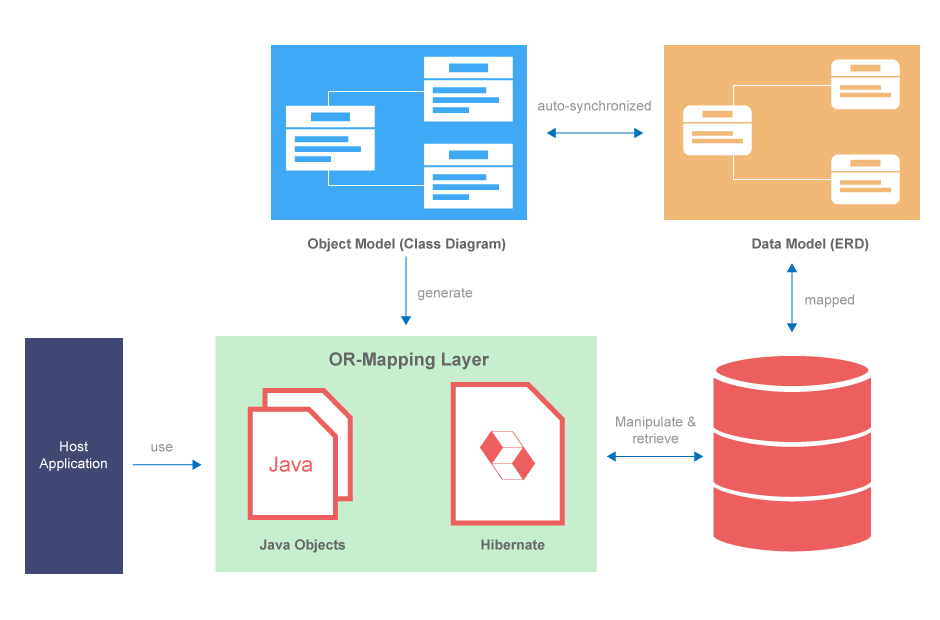Streamlining Hibernate Implementation with Visual Paradigm
Hibernate Framework is an open-source Object-Relational Mapping (ORM) tool for Java programming language. It provides a framework for mapping an object-oriented domain model to a relational database. This framework allows developers to work with databases using object-oriented programming constructs instead of traditional SQL queries. In this article, we will discuss Hibernate Framework and why Visual Paradigm is a good choice for working with it.
What is Hibernate Framework?
Hibernate Framework was created by Gavin King in 2001, and it has since become one of the most popular ORM tools for Java programming language. The main purpose of Hibernate is to simplify database programming by allowing developers to use an object-oriented paradigm to work with databases. Hibernate provides a high-level, object-oriented API for accessing and manipulating data in a relational database.
Advantages of Hibernate as an ORM Framework
Visual Paradigm is a powerful modeling tool that can help developers adapt and implement Hibernate Framework in their projects. Here are some ways in which Visual Paradigm can help with the adaption of Hibernate:
- Design and visualization: Visual Paradigm provides a user-friendly interface that allows developers to design and visualize their data models. It supports various modeling notations, including UML, ERD, and BPMN, which can be used to model various types of systems. By visualizing the data model, developers can better understand the database schema, which can make it easier to implement Hibernate.
- Code generation: Visual Paradigm provides a code generation feature that can automatically generate Hibernate code from the data model. The generated code is based on best practices and design patterns, which can ensure that the code is efficient and maintainable. This feature can save developers a significant amount of time and effort, as they do not have to write the code manually.
- Reverse engineering: Visual Paradigm supports reverse engineering, which can be used to generate a data model from an existing database schema. This feature can be helpful when implementing Hibernate in an existing project or when migrating to a new database.
- Collaboration: Visual Paradigm provides collaboration features that allow developers to work together on a project. This can be useful when multiple developers are working on different parts of the project, as it allows them to share their work and ensure that the code is consistent.
Why choose Visual Paradigm for Hibernate?
Visual Paradigm is a powerful modeling tool that can help developers design and visualize their Hibernate data models. It provides a simple, intuitive interface that allows developers to create and modify their data models quickly. Additionally, Visual Paradigm supports a wide range of modeling notations, including UML, ERD, and BPMN, making it a versatile tool for modeling various types of systems.
One of the main benefits of using Visual Paradigm with Hibernate is that it provides a code generation feature. This feature allows developers to generate Java code from their data models, which can save a significant amount of time and effort. Visual Paradigm generates Hibernate code that is based on best practices and design patterns, which can help ensure that the code is efficient and maintainable.

Conclusion
Hibernate Framework is a powerful ORM tool for Java programming language that simplifies database programming by allowing developers to use an object-oriented paradigm. Visual Paradigm is a great choice for working with Hibernate because it provides a simple, intuitive interface for designing and visualizing data models, as well as a code generation feature that can save time and effort. By using Hibernate Framework with Visual Paradigm, developers can create efficient, maintainable database applications quickly and easily.

